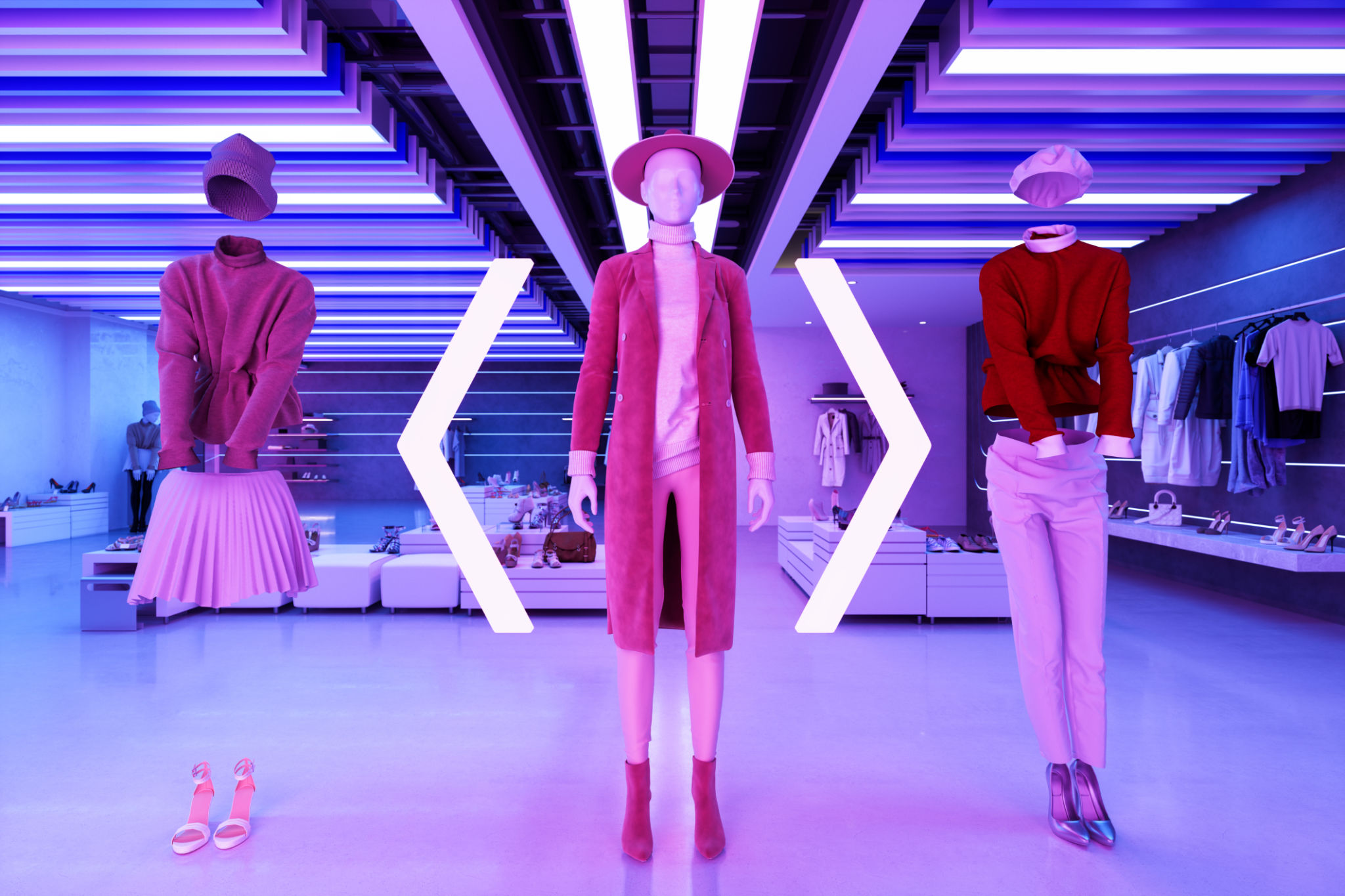The Role of Graphic Design in Effective Event Management
The Importance of Visual Appeal in Event Management
In today's fast-paced world, capturing the attention of your audience is more challenging than ever. This is where graphic design plays a pivotal role in effective event management. Whether it's a corporate conference, a music festival, or a charity fundraiser, the visual elements are what often make the first impression. They set the tone, convey the theme, and encapsulate the essence of the event.
Graphic design goes beyond just making things look pretty; it’s about communicating messages clearly and effectively. The right design can transform an ordinary event into an extraordinary experience by establishing a brand identity that resonates with the audience. This includes everything from the event logo, promotional materials, and website design to on-site signage and digital presentations.

Enhancing Audience Engagement
An engaging visual experience can significantly enhance how attendees perceive and interact with an event. Well-designed graphics can guide attendees through the event space, provide information, and create memorable experiences. This not only makes the event more enjoyable but also ensures that the key messages are communicated effectively.
Interactive elements such as digital displays, social media walls, or virtual reality experiences can further engage attendees. These require thoughtful design to ensure they are intuitive and align with the overall theme of the event. By incorporating interactive graphic design elements, event managers can create a more immersive and dynamic environment.

Brand Consistency
Maintaining brand consistency across all visual aspects of an event is crucial. It helps build trust and recognition, making it easier for attendees to connect with the brand. Consistent use of colors, fonts, and imagery across all platforms and materials ensures that the brand’s message is clear and cohesive.
Graphic designers work closely with event managers to ensure that every visual element aligns with the brand’s identity. This includes everything from invitations and brochures to stage backdrops and giveaways. A unified visual strategy reinforces brand messaging and enhances the overall attendee experience.
Creating Lasting Impressions
One of the ultimate goals of any event is to leave a lasting impression on attendees. Effective graphic design plays a crucial role in achieving this by creating visually appealing materials that capture attention and stay in memory. High-quality design can evoke emotions and create connections that last long after the event has concluded.

In addition to aesthetic appeal, functional design is equally important. Clear, concise signage and well-organized layouts contribute to a seamless experience for attendees. By reducing confusion and enhancing navigation, graphic design ensures that guests can focus on enjoying the event rather than worrying about logistics.
The Role of Technology
With advancements in technology, graphic design in event management has evolved significantly. Tools like augmented reality (AR) and virtual reality (VR) have opened new avenues for creativity and innovation in designing event experiences. These technologies allow designers to create immersive environments that captivate audiences in unprecedented ways.
Moreover, digital platforms provide opportunities for real-time engagement and feedback, allowing event managers to adapt quickly to audience needs and preferences. By leveraging these technologies, graphic designers can push the boundaries of traditional design and create cutting-edge experiences that resonate with modern audiences.

Conclusion
In summary, graphic design is an indispensable component of effective event management. It enhances communication, ensures brand consistency, engages audiences, and creates lasting impressions. By prioritizing thoughtful and strategic design, event managers can elevate their events from ordinary to extraordinary, leaving a lasting impact on attendees.
